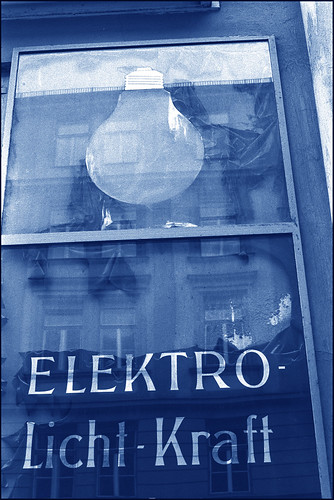Fine art photographs on view at art museum through Jan. 24 include works with local focus
Article body
A selection of 18 fine art photographs is on display in "The 1072 Society Exhibition 2015" through Jan. 24 at Jule Collins Smith Museum of Fine Art at Auburn University, Two of the photographs have local connections – one to Auburn University and one to the Auburn-Opelika area.
Each year, a varied selection of art is exhibited and considered for purchase for the permanent collections. The focus for 2015-2016 is photography and this year's exhibition features historic, traditional and contemporary examples.
One of the photographs is from a series completed for the National Child Labor Committee, titled "Opelika, Alabama, October 1914." The photographer, Lewis Wickes Hine, traveled nationwide on the committee's behalf to capture the working conditions of children in coal mines, meatpacking houses, textile mills and canneries and had conversations with many of his subjects.
"In the National Child Labor Committee archive at the Library of Congress, there are two versions of Hine's image of the Millsap family returning midday to work, at what we believe to be the Opelika Cotton Mill," said Marilyn Laufer, museum director. "This tightly cropped version features the family group making its way from the bright sun-filled mill yard toward the shadowy building which dominates the background. What frequently makes Hine's social documents so memorable is his use of strong modernist compositions."
Laufer said that Hine would always be remembered for the impact he had not only on the lives of American children but also in American photography.
Another photograph in the exhibition is "Elektro Licht Kraft" by Auburn alumnus Robert A. Schaefer Jr, now a photographer and instructor at New York University and the Penumbra Foundation in New York City.
Originally from Cullman, Alabama, Schaefer received his bachelor's degree in architecture from Auburn University in 1975. Under the guidance of professor emeritus William Gwin, he took an elective course in photography that he considers the foundation of his becoming the photographer he is today.
"When I saw my first image appear in the developing tray, I was hooked on photography," he said.
He received his master's degree in architecture from Technische Universität in Munich, and it was while exploring the city that he photographed a 1920s-era window advertisement, the Electro Licht Kraft sign .
He created the first prints of "Elektro Licht Kraft" using gelatin silver, or the black and white photographic process but when he returned to New York City in 1981, he began using a 19th-century process called cyanotype, which yields a Prussian-blue print and enhances the image in "Elektro Licht Kraft."
His work is a part of collections at the Museum of Modern Art in New York City; the Bibliotheque Nationale in Paris; the Museum of Fine Arts in Houston; and, the Library of Congress in Washington, DC, as well as many corporate and private art collections.
Since 2008, the efforts of campus and community through the 1072 Society have resulted in the purchase of 27 works of art. Many of these 1072 Society acquisitions are currently on extended view alongside other popular works in the museum's Chi Omega-Hargis Gallery and the Noel and Kathryn Dickinson Wadsworth Gallery.
Donors to the 1072 Society contribute $1,072, a tribute to the amount paid in 1948 for Auburn's first major art acquisition, 36 modernist paintings from the Advancing American Art U.S. State Department exhibition.
Museum admission is free courtesy of JCSM Business Partners. To support the 1072 Society through charitable giving, contact Cindy Cox at (334) 844-3005 or visit www.jcsm.auburn.edu.
Related Media
Related Links
Media interested in this story can contact Communications Director Preston Sparks at (334) 844-9999 or preston.sparks@auburn.edu.
Auburn University is a nationally ranked land grant institution recognized for its commitment to world-class scholarship, interdisciplinary research with an elite, top-tier Carnegie R1 classification, life-changing outreach with Carnegie’s Community Engagement designation and an undergraduate education experience second to none. Auburn is home to more than 30,000 students, and its faculty and research partners collaborate to develop and deliver meaningful scholarship, science and technology-based advancements that meet pressing regional, national and global needs. Auburn’s commitment to active student engagement, professional success and public/private partnership drives a growing reputation for outreach and extension that delivers broad economic, health and societal impact.






